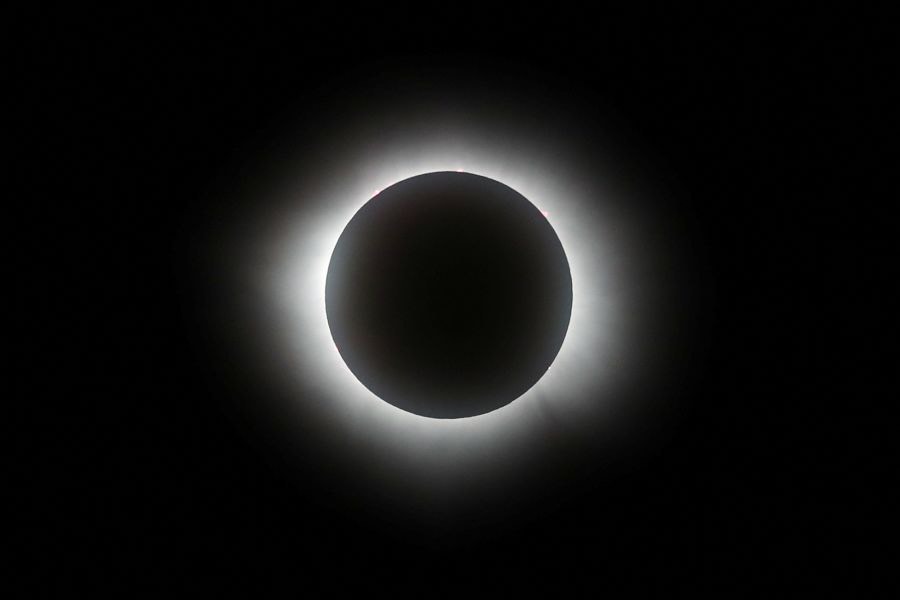A total solar eclipse has reached North America over Mexico as throngs gather along the country’s Pacific coast. It’ll race toward United States and eastern Canada before exiting into the Atlantic.
A total solar eclipse begins its race across North America
Newslooks- MESQUITE, Texas (AP) —
A chilly, midday darkness fell across North America on Monday as a total solar eclipse began its race across the continent, thrilling those lucky enough to behold the spectacle through clear skies.
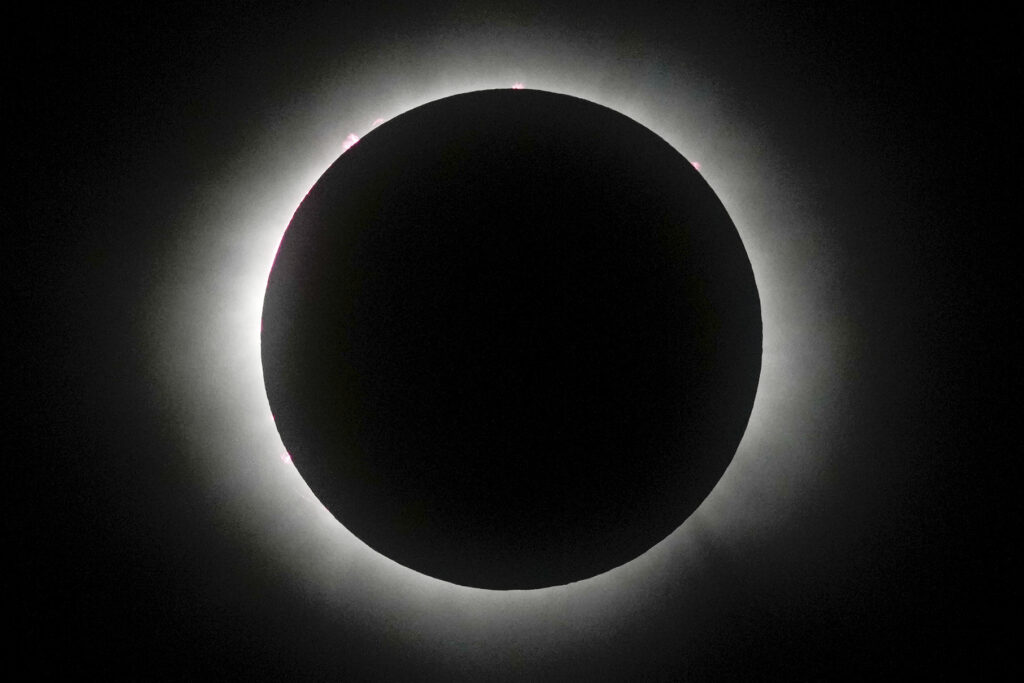
Eclipse mania gripped all of Mexico, the U.S. and Canada, as the moon swept in front of the sun, blotting out daylight. Almost everyone in North America was guaranteed at least a partial eclipse, weather permitting.
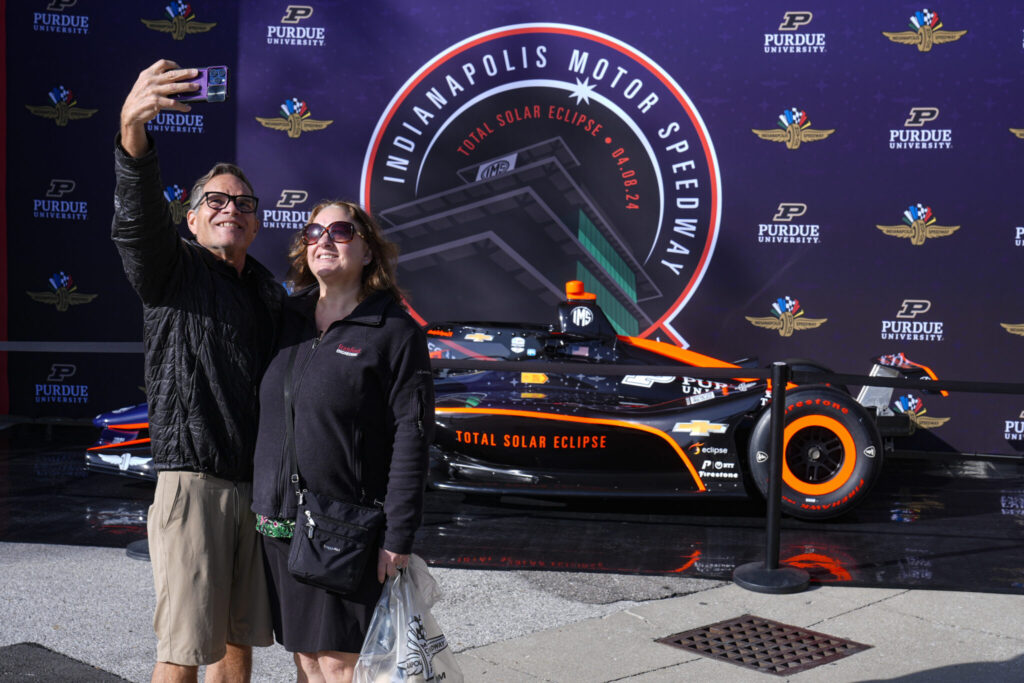
It was the continent’s biggest eclipse audience ever, with a couple hundred million people living in or near the shadow’s path, plus scores of out-of-towners flocking in.
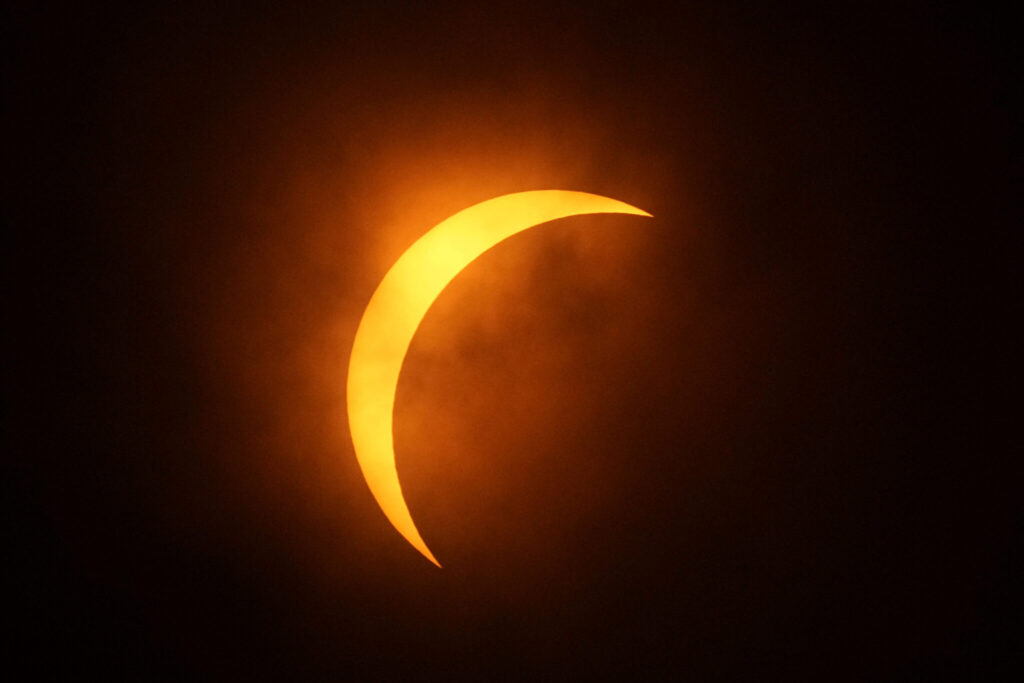
Clouds blanketed most of Texas as total solar eclipse began its diagonal dash across land, starting along Mexico’s mostly clear Pacific coast and aiming for Texas and 14 other U.S. States, before exiting into the North Atlantic near Newfoundland.
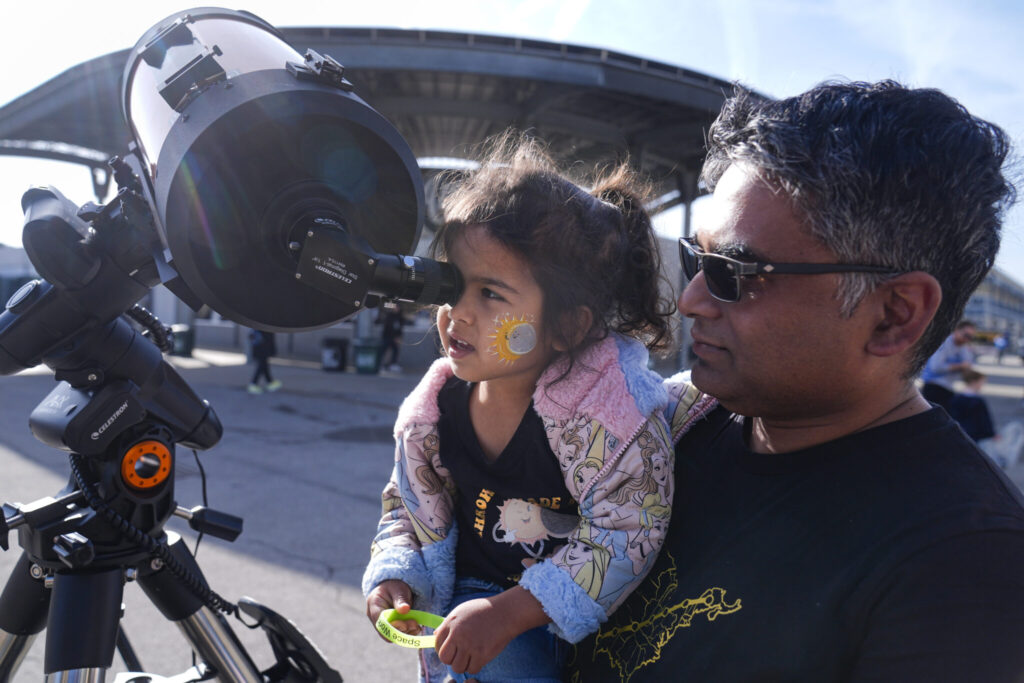
Arkansas and northeast New England were the best bets in the U.S. New Brunswick and Newfoundland in Canada also looked promising.

The show got underway in the Pacific before noon EDT. As the darkness of totality reached the Mexican resort city of Mazatlan, the faces of spectators were illuminated only by the screens of their cellphones.

In Texas, the south-central region was locked in clouds, but it was a little bit better to the northeast, said National Weather Service meteorologist Cody Snell.

“Dallas is pretty much a 50-50 shot,” he said
One festival outside Austin wrapped up early on Monday because afternoon storms were in the forecast. Festival organizers urged everyone to pack up and leave.
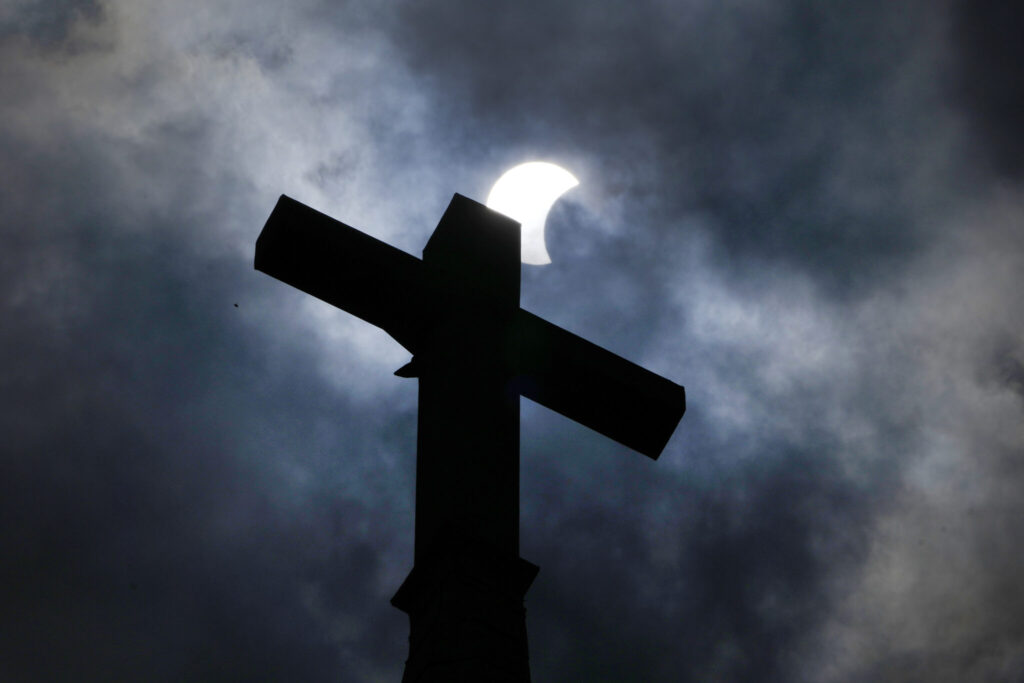
The cliff-hanging uncertainty added to the drama. But the overcast skies in Mesquite near Dallas didn’t rattle Erin Froneberger, who was in town for business and brought along her eclipse glasses.
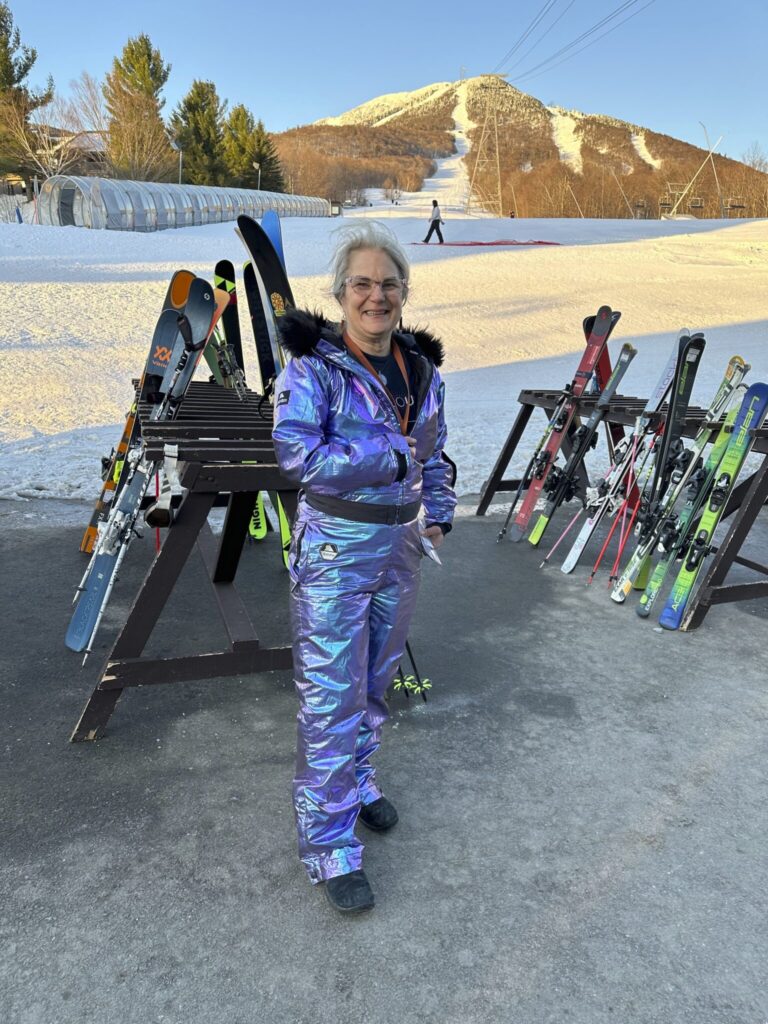
“We are always just rushing, rushing, rushing,” she said. “But this is an event that we can just take a moment, a few seconds that it’s going to happen and embrace it.”
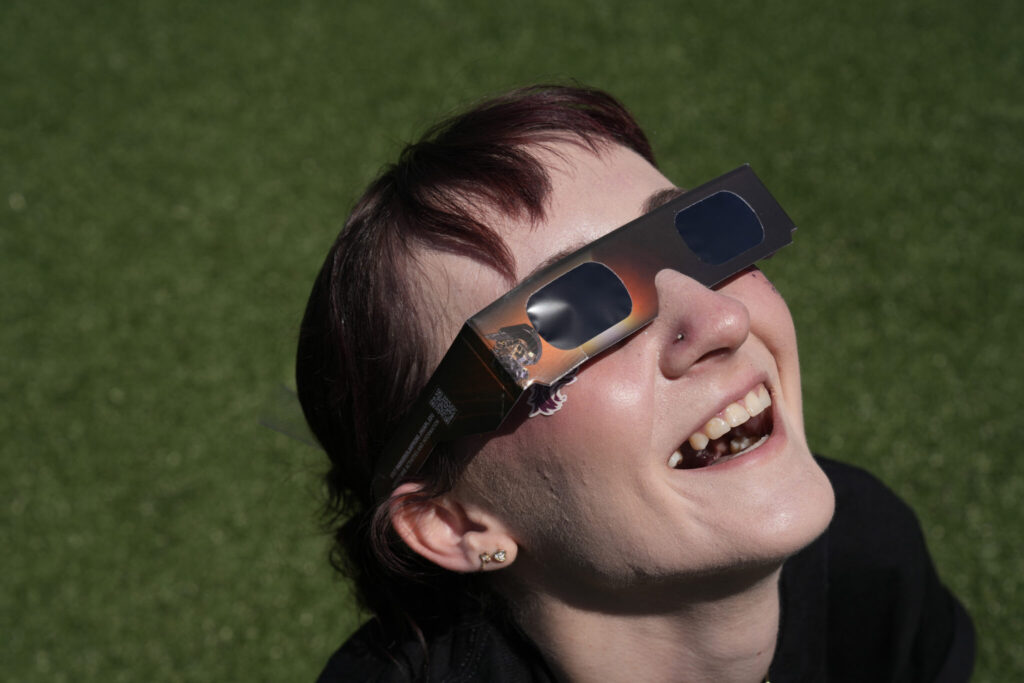
Sara Laneau, of Westfield, Vermont, woke up at 4 a.m. Monday to take her 16-year-old niece to nearby Jay Peak ski resort to catch the eclipse after a morning on the slopes.
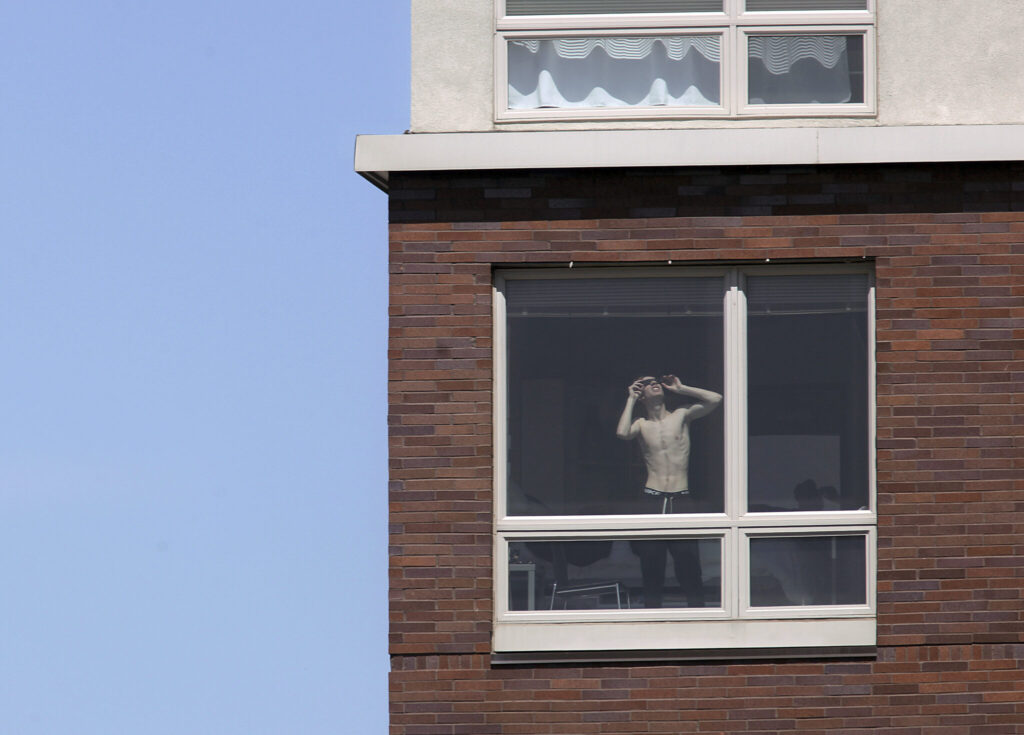
“This will be a first from me and an experience of a lifetime,” said Laneau, who was dressed in a purple metallic ski suit with a solar eclipse T-shirt underneath.
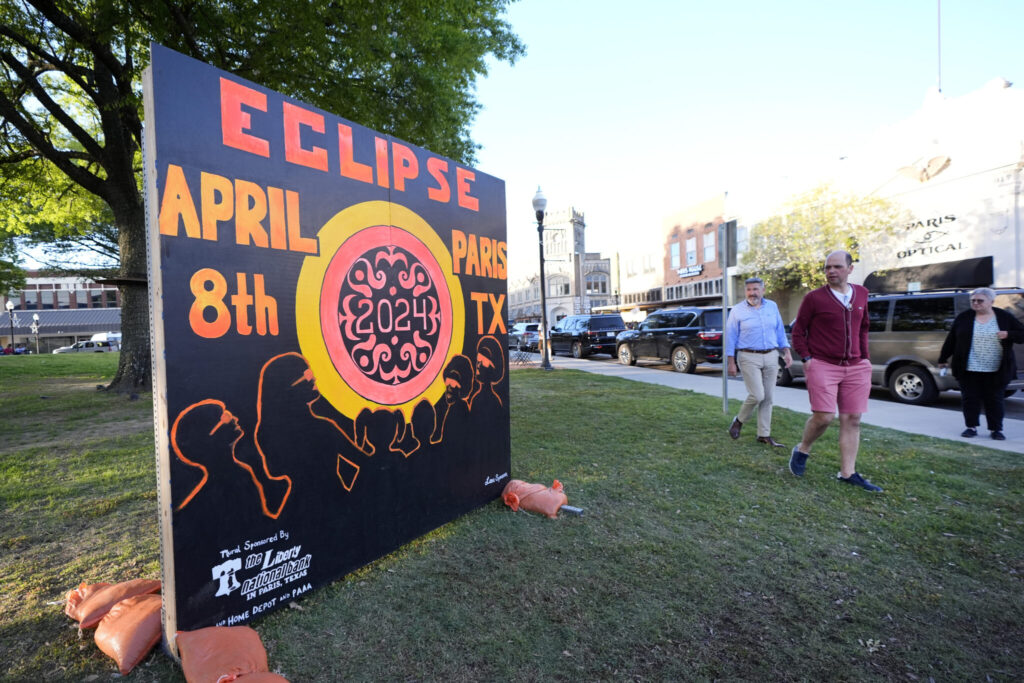
At Niagara Falls State Park, tourists streamed in under cloudy skies with wagons, strollers, coolers and lawn chairs. Park officials expected a large crowd at the popular site overlooking the falls.
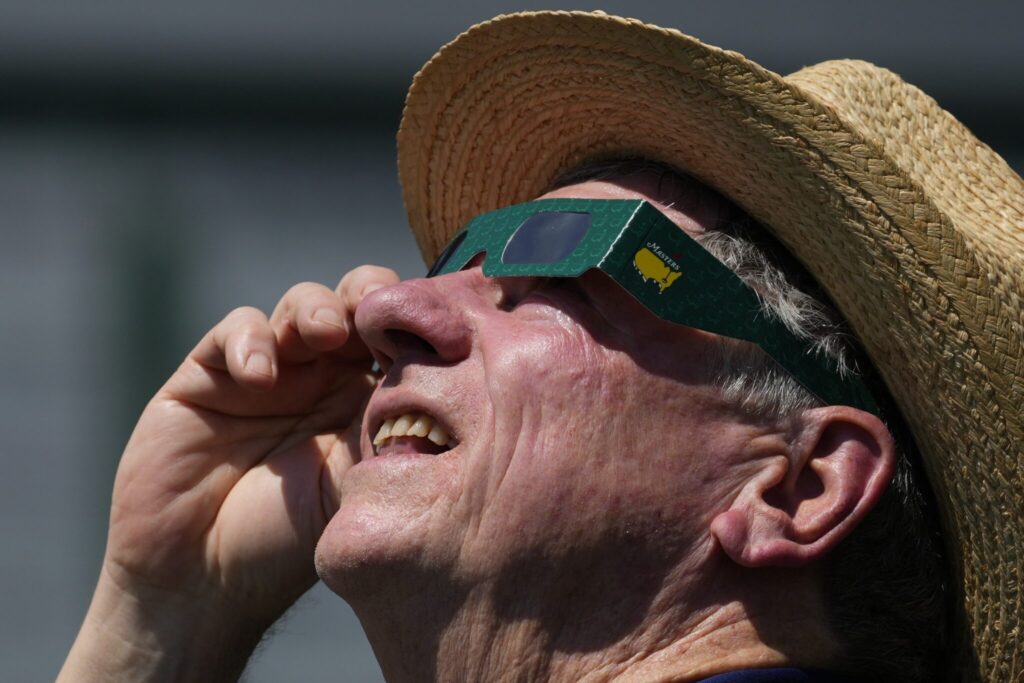
During Monday’s full eclipse, the moon slipped right in front of the sun, entirely blocking it. The resulting twilight, with only the sun’s outer atmosphere or corona visible, would be long enough for birds and other animals to fall silent, and for planets, stars and maybe even a comet to pop out.

The out-of-sync darkness lasts up to 4 minutes, 28 seconds. That’s almost twice as long as it was during the U.S. coast-to-coast eclipse seven years ago because the moon is closer to Earth. It will be another 21 years before the U.S. sees another total solar eclipse on this scale.
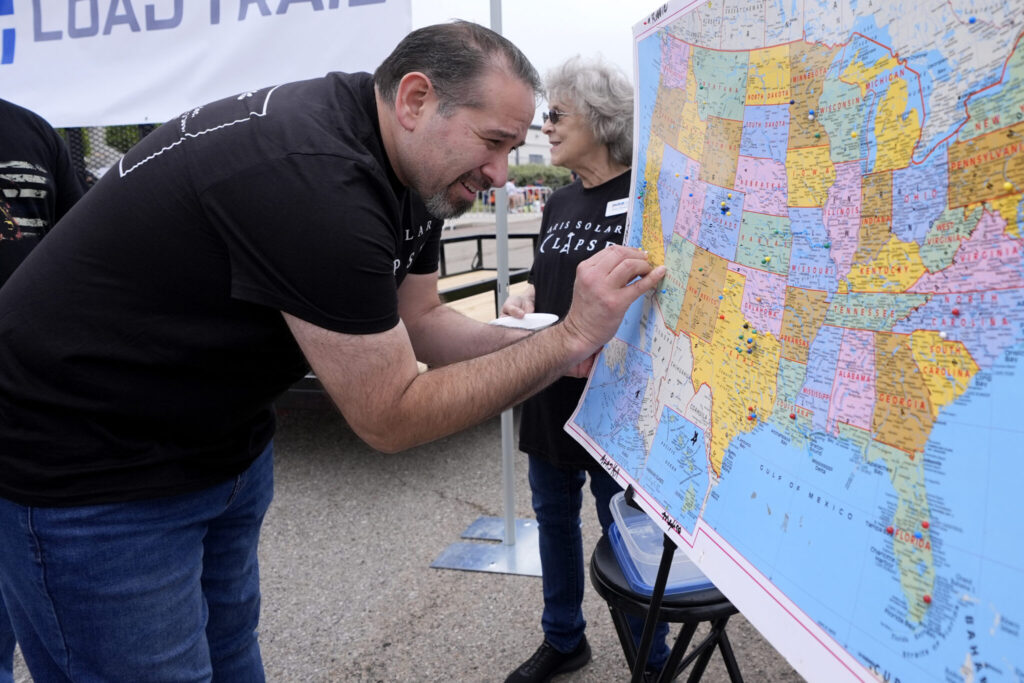
It will take just 1 hour, 40 minutes for the moon’s shadow to race more than 4,000 miles (6,500 kilometers) across the continent.
Eye protection is needed with proper eclipse glasses and filters to look at the sun, except when it ducks completely out of sight during an eclipse.
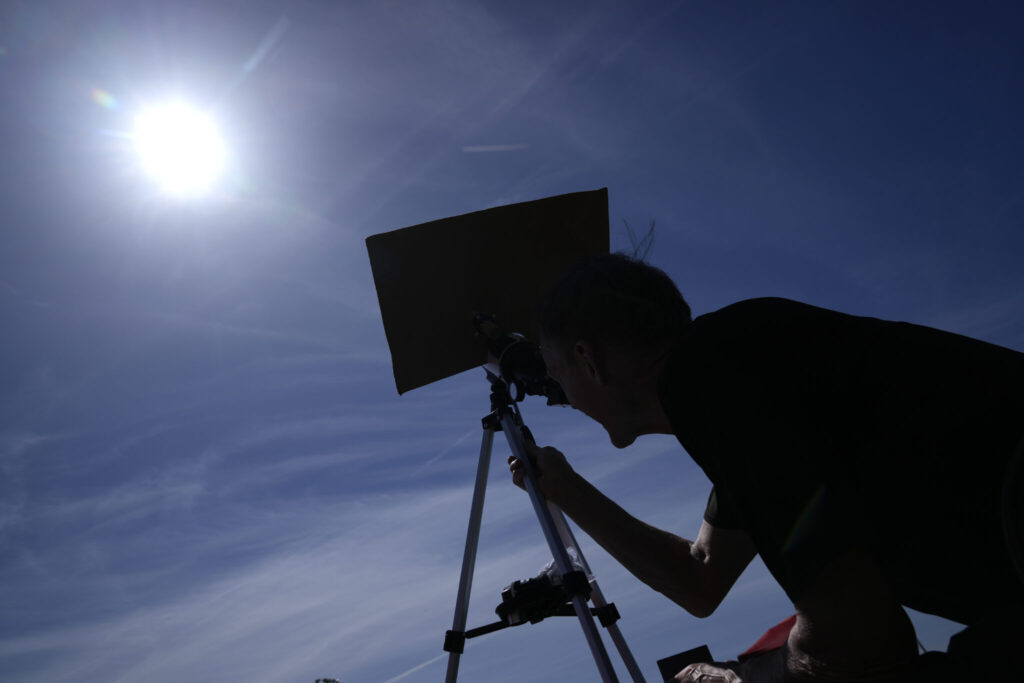
The path of totality — approximately 115 miles (185 kilometers) wide — encompasses several major cities this time, including Dallas; Indianapolis; Cleveland; Buffalo, New York; and Montreal. An estimated 44 million people live within the track, with a couple hundred million more within 200 miles (320 kilometers).

“This may be the most viewed astronomical event in history,” said National Air and Space Museum curator Teasel Muir-Harmony, standing outside the museum in Washingon, awaiting a partial eclipse.

Experts from NASA and scores of universities are posted along the route, poised to launch research rockets and weather balloons, and conduct experiments. The International Space Station’s seven astronauts also will be on the lookout, 270 miles (435 kilometers) up.

___TEXANS THANKFUL FOR BREAKS IN CLOUDS
MESQUITE, Texas – City officials cheered as the thick clouds parted in early afternoon and the sun peeked out, with the moon already taking a bite out of it.
“We special ordered the sun this morning,” said downtown development manager Beverly Abell.

Hundreds gathered at Front Street Station for the outdoor watch party, many pulling out their eclipse glasses to watch the moon’s bite grow ever bigger.
At the Fort Worth Zoo, clouds occasionally moved over as the eclipse started. Zoo patrons stopped along the paths to take it in.

Todd Beeby, 34, drove up with friends from Houston. He said that even with some clouds moving over, the viewing was good.
“It’s kind of neat to see it roll in and out,” he said.
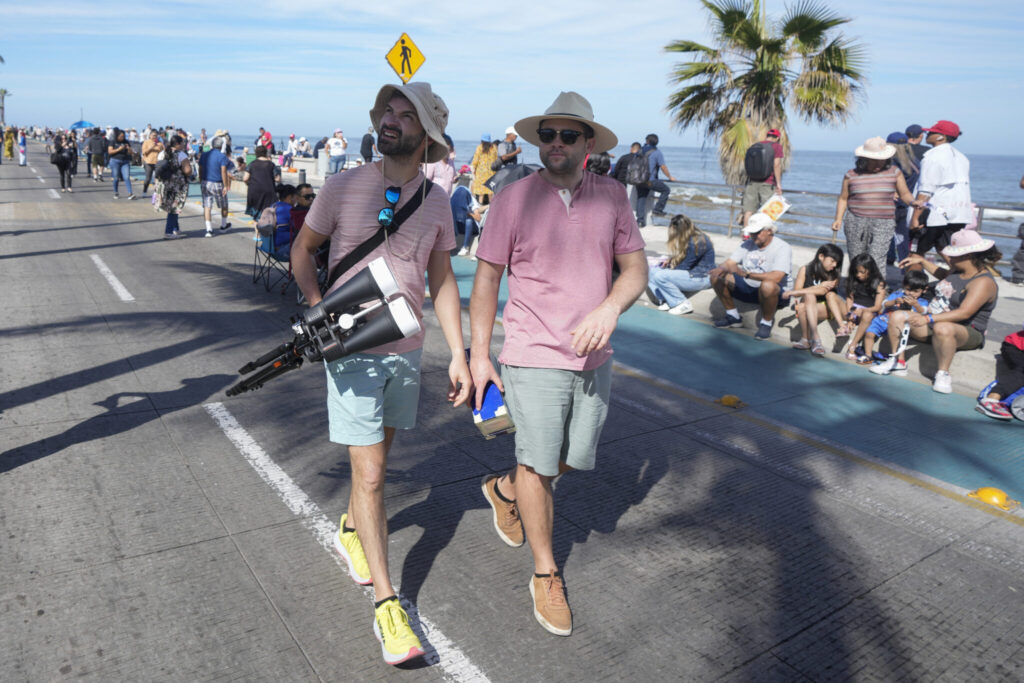
___CHEERS IN MEXICO AS MOON BEGINS PASSING OVER SUN
MAZATLAN, Mexico – Cheers broke out along the beach in this resort city as the moon began to pass over the sun.
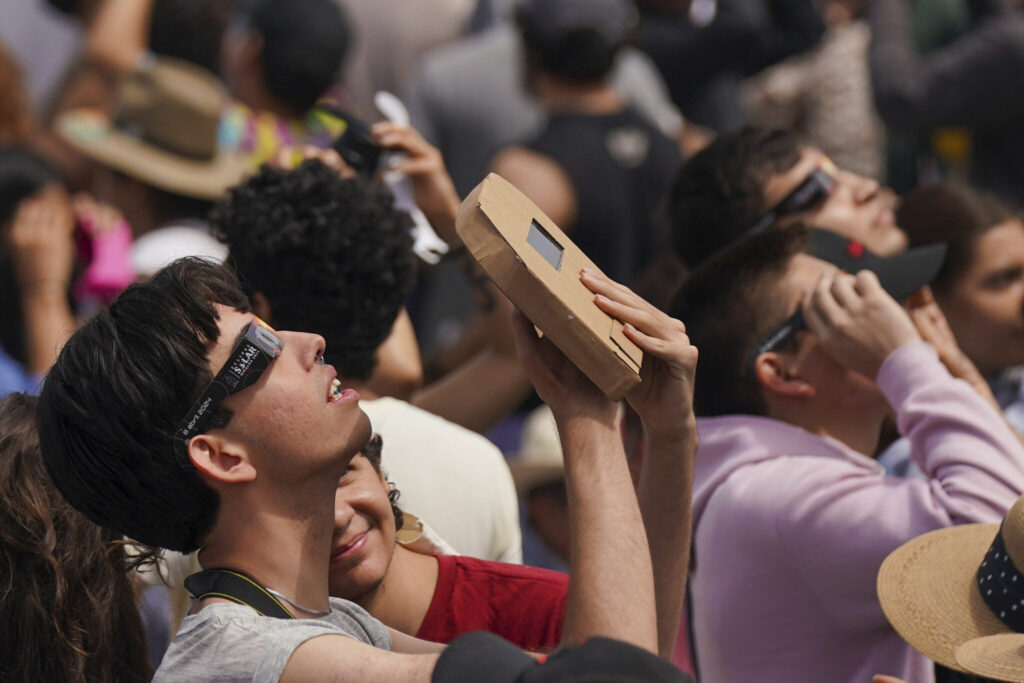
Hundreds in a beachside park had passed the waiting time by readying their equipment and listening to a youth orchestra play Star Wars songs while a large screen projected images of Princess Leia behind them.
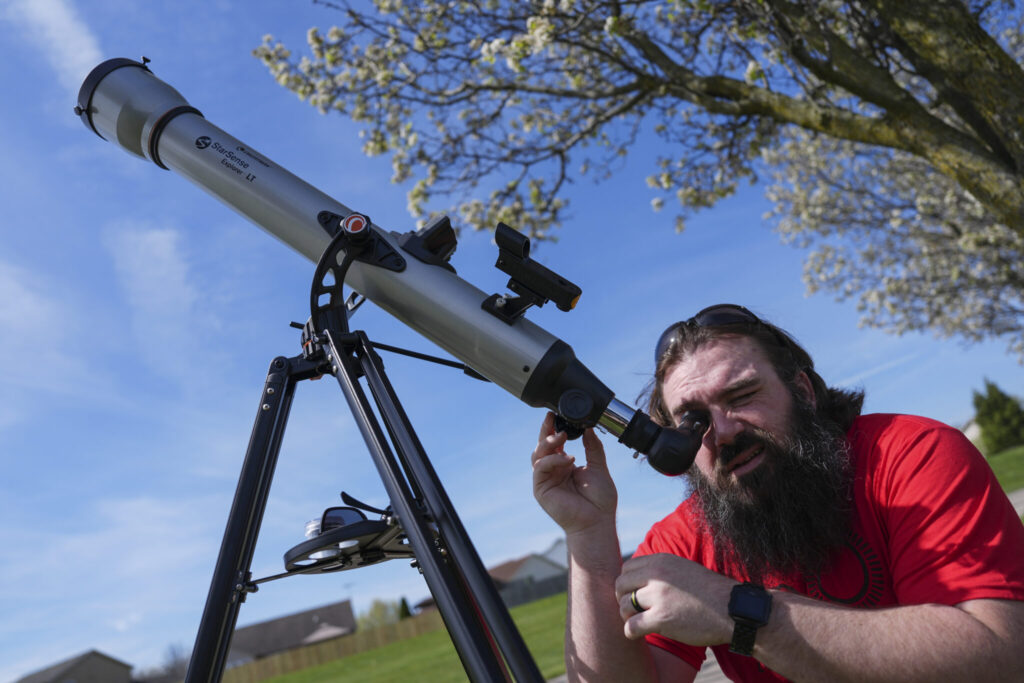
Luz Elena Aguillón de la O sat in the grass with a group of 14 family and friends who had gathered from Mexico City, Guanajuato and right here in Mazatlan to take in the spectacle.

“Happy to be here with family, friends sharing a singular, unrepeatable event that the universe and nature give us,” she said.

